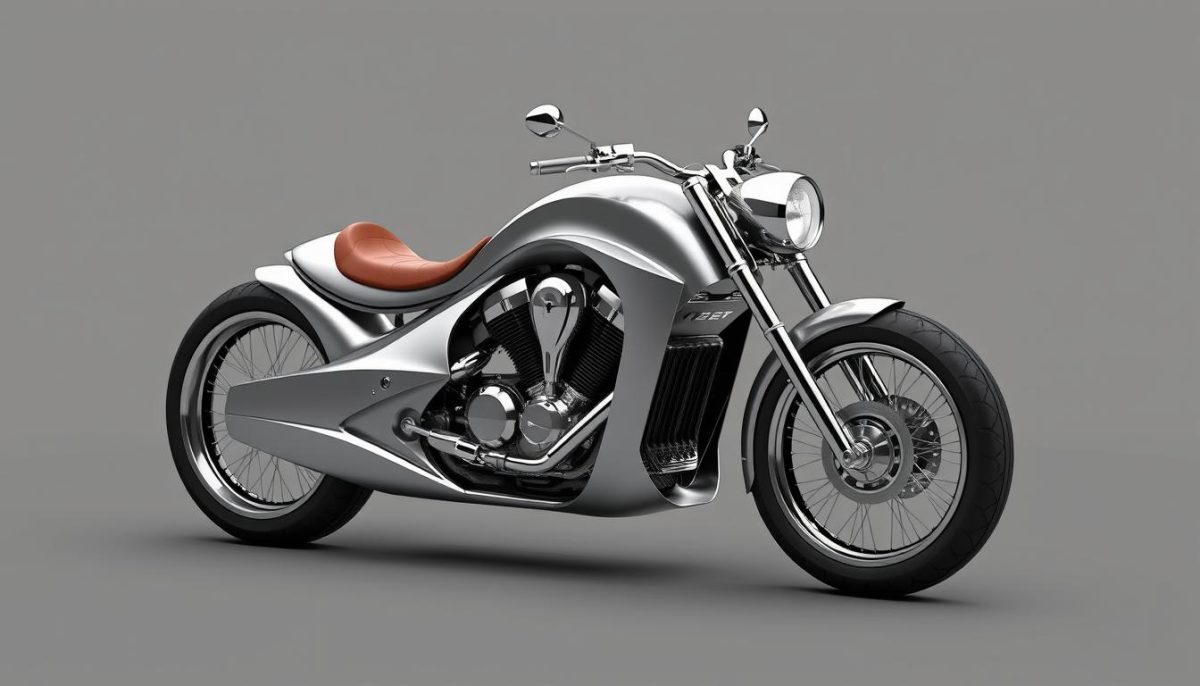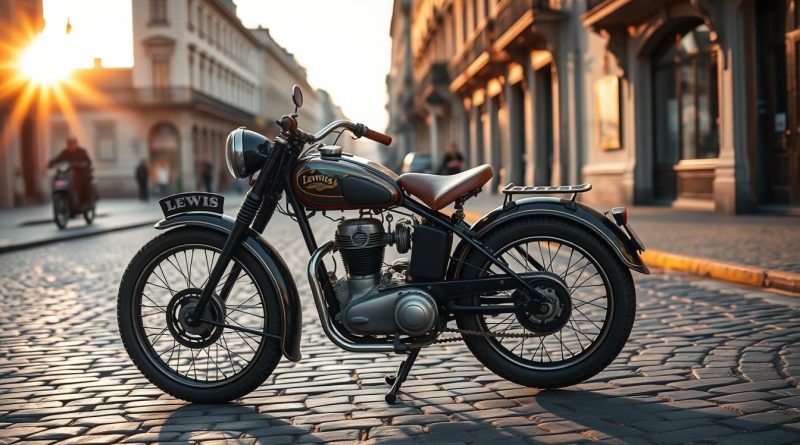Lewis motorcycles in the 1920s
In the vibrant decade of the 1920s, Lewis motorcycles carved a significant niche within the ever-evolving landscape of motorcycle history. This era, characterized by liberation and adventure, saw the rise of 1920s motorcycles as not only practical modes of transportation but also cultural icons symbolizing freedom and individuality. The growing enthusiasm for vintage motorcycles led to a transformation in design and functionality, with Lewis motorcycles at the forefront, contributing to a burgeoning leisure culture. As documented by the Motorcycle Industry Council, the renaissance of motorcycling during this time fueled public interest and established the Lewis motorcycle legacy, resonating with riders eager for both thrill and mobility.
The Rise of Lewis Motorcycles
The founding of Lewis motorcycles marked a significant moment in the world of motorcycling. Established in the early 1920s, the Lewis Company emerged from the vision of passionate innovators who sought to transform motorcycle design. Key figures in its inception shared a commitment to quality and performance, laying the groundwork for a legacy of excellence in the industry.
Founding of the Lewis Company
The beginning of Lewis motorcycle history is intertwined with the ambition of its founders. They believed that motorcycles could offer both style and reliability. Facing the challenges of the era, these visionaries formed the company to produce bikes that appealed not only to functionality but also to aesthetics. The historical significance of this founding moment resonates through the company’s continuous growth and resilience.
Innovative Designs and Features
Lewis motorcycles quickly gained a reputation for their innovative motorcycle design. The integration of lightweight materials and powerful engines set these models apart from their competitors. Each motorcycle featured distinct characteristics that showcased craftsmanship and ingenuity. From unique frames to cutting-edge engines, Lewis motorcycles featured advancements that delighted riders and captured the attention of enthusiasts.

| Model | Year Introduced | Key Features |
|---|---|---|
| Lewis Racer | 1921 | Lightweight design, powerful engine |
| Lewis Tourer | 1923 | Comfortable seating, strong chassis |
| Lewis Sport | 1925 | Aerodynamic shape, enhanced speed |
The remarkable advancements in motorcycle features during this time set a solid foundation for the company’s future innovations and achievements. The rise of Lewis motorcycles showcases the dynamic spirit of early 20th-century manufacturing and the relentless pursuit of excellence in the motorcycle industry.
Lewis Motorcycles in the 1920s
The 1920s marked an exciting era for Lewis Motorcycles, during which a range of popular Lewis motorcycle models captivated riders and enthusiasts alike. These motorcycles not only showcased the aesthetic sensibilities of the time but also brought significant technical advancements that helped position the brand as a strong contender in the motorcycle market. With their rich specifications and remarkable build quality, Lewis motorcycles became indispensable to both daily commuters and adventurous riders.
Popular Models of the Era
Among the standout models of the 1920s, the Lewis Touring and Lewis Racer garnered considerable attention. The Touring model was celebrated for its robust design and comfortable seating, making it the perfect choice for long-distance travel. Riders praised its spacious storage and reliable engine, showcasing the blend of practicality and style that appealed to a wide demographic. Conversely, the Racer model drew in the thrill-seekers with its lightweight frame and powerful engine, reflecting the high-performance aspirations of the decade. These popular Lewis motorcycle models were perfect embodiments of the shifting landscape of the motorcycle industry during this vibrant decade.
Technical Advancements and Innovation
Lewis was renowned for its commitment to technical innovation in motorcycles. By focusing on 1920s motorcycle engineering, the brand introduced groundbreaking features such as improved transmission systems and enhanced engine efficiency. These innovations not only increased the overall performance of their motorcycles but also emphasized safety. Riders enjoyed the benefits of advanced braking systems and robust suspension features that catered to the demands of various terrains. In summary, the technical advancements and unique Lewis motorcycle specifications during this period helped solidify the brand’s reputation for quality and performance, reaching their peak in the ever-growing motorcycle marketplace.

